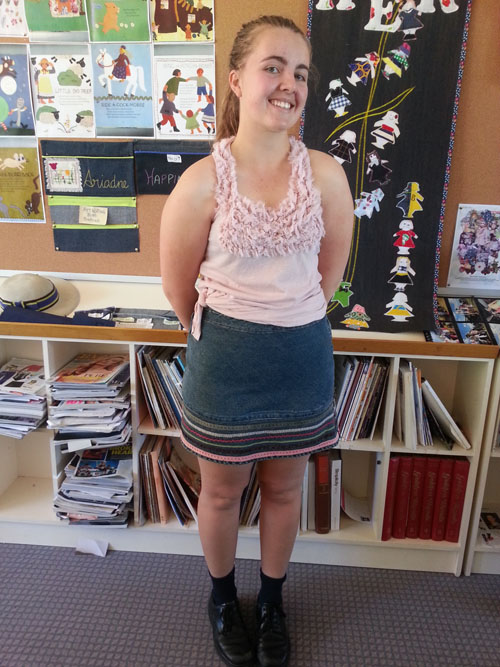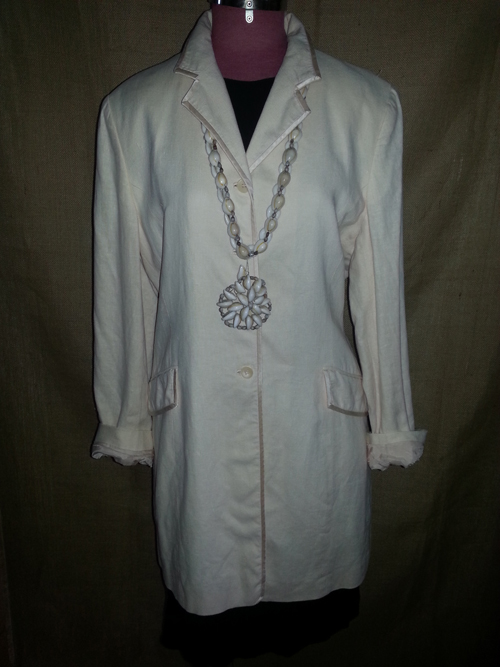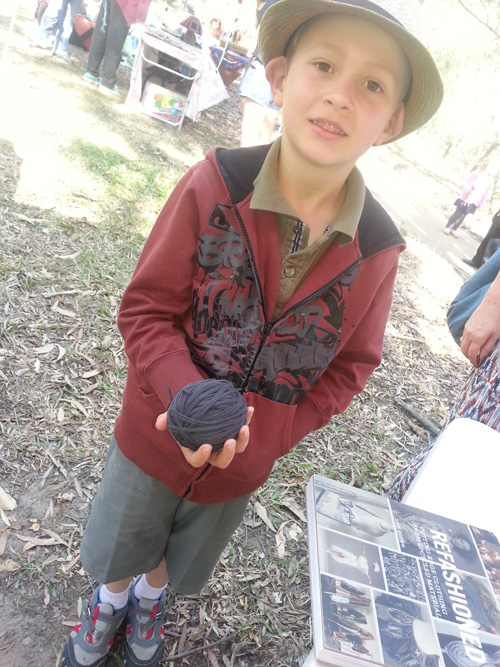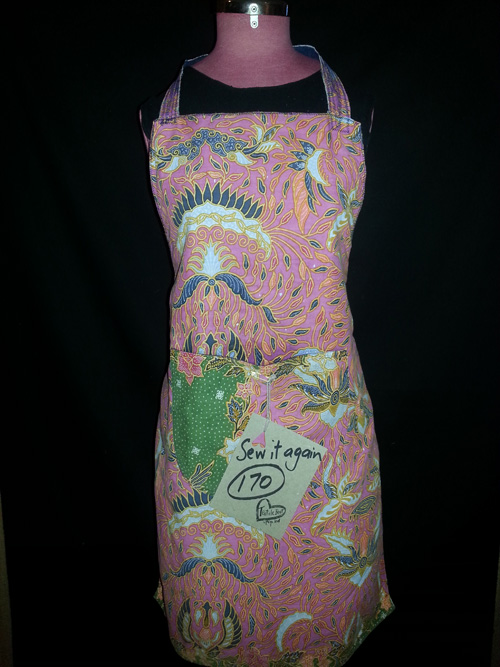 The study of home economics has disappeared from some Australian schools entirely and is considered a lightweight in others – yet it teaches important life-skills about food and nutrition, sewing and textiles, and consumer citizenship.
The study of home economics has disappeared from some Australian schools entirely and is considered a lightweight in others – yet it teaches important life-skills about food and nutrition, sewing and textiles, and consumer citizenship.
Lack of knowledge about food and food preparation is no doubt contributing to obesity while absence of simple sewing and laundering skills leads to many clothing being discarded prematurely.
Recent United States research discussed in this Ecouterre article found that young people there have little idea of how to care for clothes. Textiles and Apparel Professor Pamela Norum from the University of Missouri-Columbia surveyed hundreds of American baby boomers and millennials about clothing consumption and found the ability to sew, hem, repair, and launder diminished across generations. Continue reading



